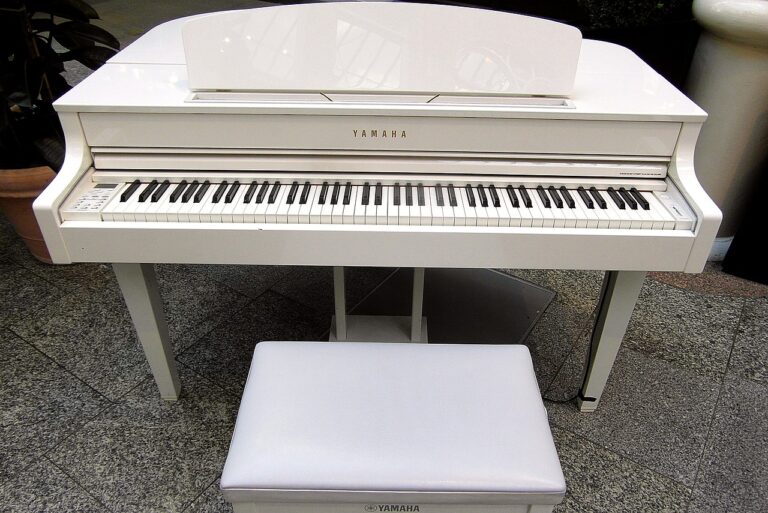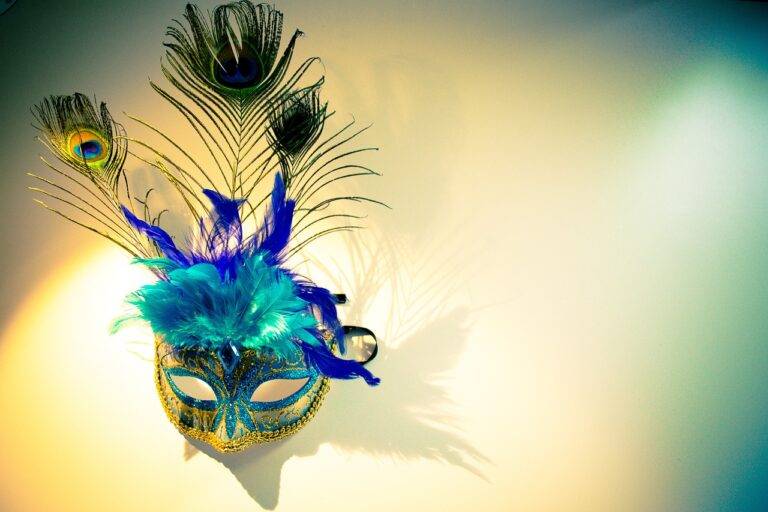The Role of Fashion in Gender Identity: Breaking Stereotypes and Embracing Diversity
Fashion is not merely about clothing, but a powerful form of self-expression. The way we choose to dress communicates a message to the world about who we are and how we wish to be perceived. Whether we opt for bold and bright colors, classic and timeless pieces, or edgy and avant-garde styles, each choice reflects a facet of our personality and values.
In a society that often dictates norms and expectations, fashion serves as a platform for individuals to challenge conventions and express their authentic selves. Those who embrace fashion as a means of personal expression have the opportunity to break free from societal constraints and showcase their unique identity. Through clothing, accessories, and styling choices, individuals can assert their individuality, creativity, and personal beliefs, shaping their own narrative in a world that is constantly evolving.
Exploring Traditional Gender Norms in Fashion
In the realm of fashion, traditional gender norms have long dictated what is considered acceptable attire for men and women. Historically, men were expected to dress in a utilitarian and understated manner, while women were encouraged to adorn themselves in intricate, decorative clothing. These norms were deeply ingrained in society and dictated not only what individuals wore but also how they were perceived by others.
However, in recent years, there has been a significant shift in the fashion industry towards breaking down these traditional gender norms. Designers are challenging stereotypes and pushing boundaries by creating gender-neutral collections that defy the binary distinctions between menswear and womenswear. This inclusive approach to fashion is not only empowering individuals to express themselves authentically but also fostering a more diverse and accepting society.
What are some examples of traditional gender norms in fashion?
Some examples of traditional gender norms in fashion include women wearing dresses and skirts, while men wear suits and trousers. Pink is often associated with femininity, while blue is associated with masculinity.
How are traditional gender norms in fashion changing?
Traditional gender norms in fashion are evolving, with more emphasis on gender-neutral clothing and breaking away from stereotypes. Designers are increasingly creating collections that are inclusive and blur the lines between traditional gender norms.
How does fashion influence personal expression?
Fashion plays a significant role in personal expression, allowing individuals to communicate their identity and beliefs through their clothing choices. It can be a form of self-expression and a way to showcase one’s individuality.
Can fashion help challenge traditional gender norms?
Yes, fashion has the power to challenge traditional gender norms by promoting inclusivity, diversity, and equality. Designers, brands, and consumers alike can help break down stereotypes and encourage more fluid and open-minded perspectives on gender expression in fashion.





